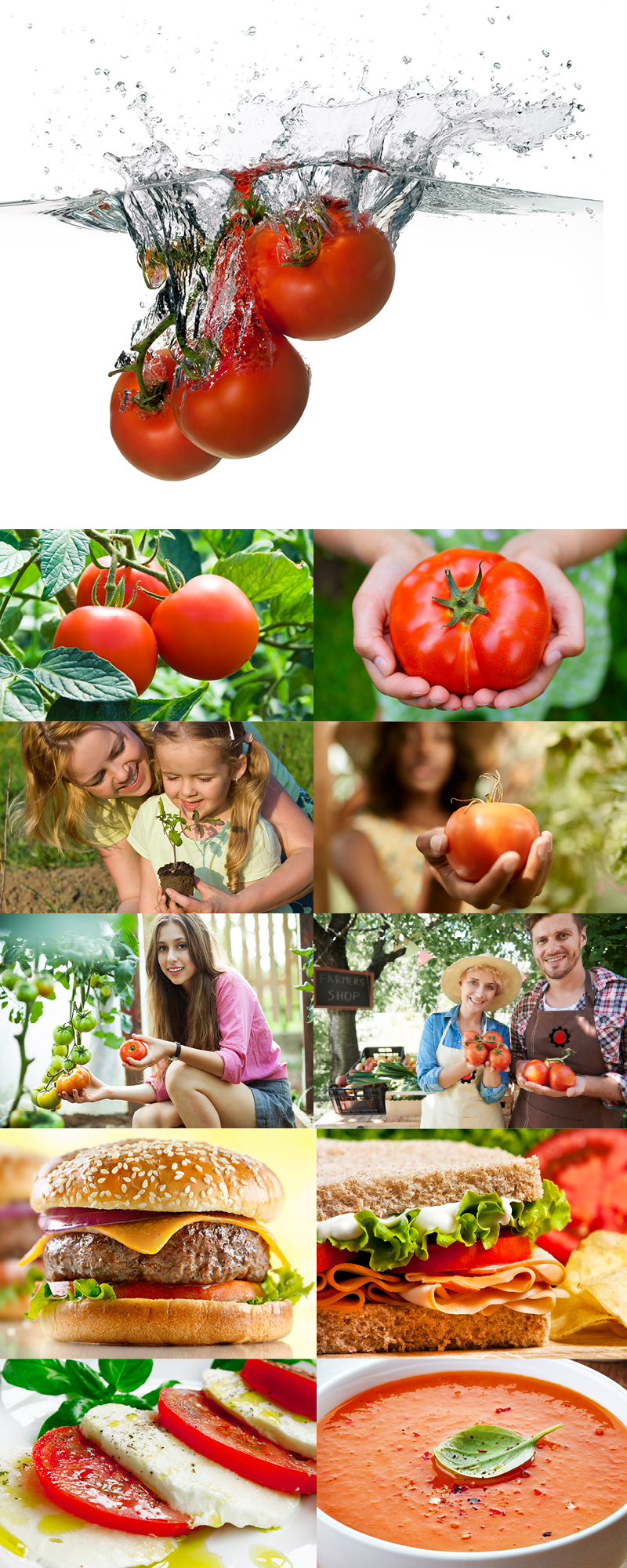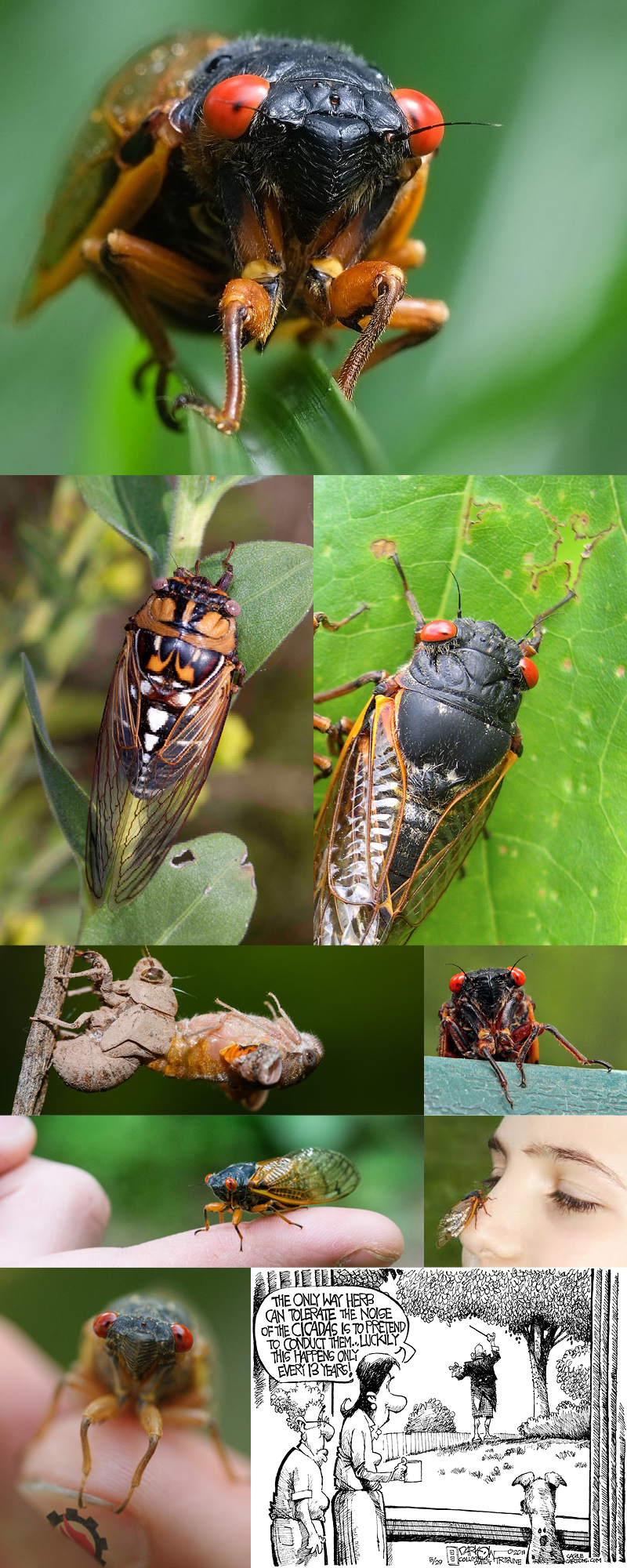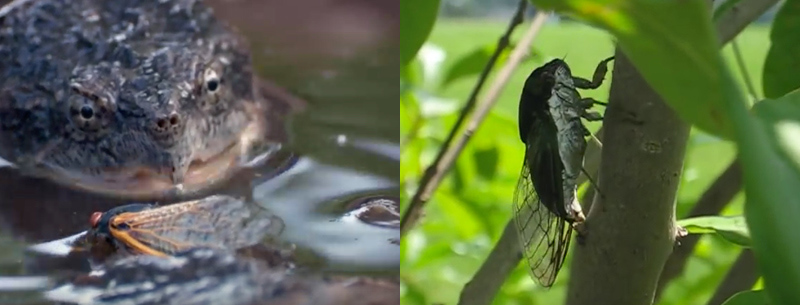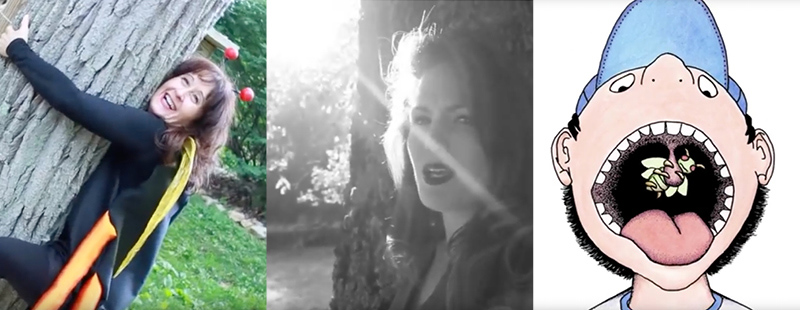Celebrating My Team

No matter what you do or aspire to do, this day was dedicated in honor of your labors. Enjoy!!
Kowalski Heat Treating has always been a fairly “simple” business – have a vision, hire great people, give them the tools, training and right equipment, along with the freedom and responsibility to make good decisions. Then work like the dickens to do great work for our customers. Of course, like all businesses, it’s the “labor” that makes it happen. So, for this upcoming LABOR DAY weekend, I want to salute my amazing team, and thank them for their commitment to excellence, while working on all of those PIA jobs! Without my team there really would be no Kowalski Heat Treating.
Here’s a bit about the history of Labor Day and a request to all – enjoy YOUR labor, your families, friends and thank those working on this traditional holiday weekend.
- Labor Day is a public holiday in the United States and falls on the first Monday in September. This holiday honors the contributions of workers in the American labor movement to the well-being of the United States.
- In the U.S it is known as the “unofficial last day of summer.” Canada also has a Labour Day and that falls on the first Monday in September as well. All throughout the rest of the world, over 80 countries celebrate Labour Day, also known as May Day and International Workers’ Day, on the first day of May.
- Prior to the beginning of the Labor movement, conditions in American factories and mines were often deplorable during the 18th and 19th centuries. While some states had passed laws that prevented children from working, in some states children as young as 5 years old were working. For many workers, conditions were also extremely unsafe and there were very few laws that limited how long a workday should be. The labor movement began as a way to address these issues, fighting for better wages, safer working conditions, an end to child labor and providing health benefits for workers.
- In the United States, Labor Day was first proposed as a September holiday between 1880 and 1890. The idea was borrowed from Canada after American labor leader Peter McGuire witnessed labor festivals that had occurred in Toronto to fight for the rights of printers. He took the idea back to the United States and organized an American version of Labor Day. On September 5, 1882, the first official Labor Day Parade was held in New York City and was attended by over 10,000 workers.
- The labor movement in Europe began during the industrial revolution. At the time, the idea of an organized labor movement was met with quite a bit of resistance. In fact, sometimes there were grave consequences for workers organizing. For instance, Tolpuddle Martyrs of Dorset were charged with forming a secret society when they formed their union. However, that didn’t prevent the movement from moving forward, and groups such as The International Workingmen’s Association began to gain power and give the labor movement more of an international voice.
- In the U.S., Labor Day is an official federal holiday. This means that all government offices and schools, as well as many businesses, are closed on this day. In some parts of the country, public parades, firework displays and barbecues are organized. It is considered by many to be the unofficial end of summer – a time to have some fun before school resumes or before summer vacations end.
- There are often many unrelated fairs and festivals that occur around this time. Some of these include the Festival of Iowa Beers in Amana, Iowa; The KC Irish Fest in Kansas City, Missouri; Big River Steampunk Festival in Hannibal, Missouri; and, the Cleveland Oktoberfest in our local city Berea, Ohio.
- In Canada, most of the celebrations aren’t much different from how Americans celebrate their Labor Day. Many people all across the country see it as a good time to go on one last summer trip; to have a BBQ with friends and family; or attend a picnic or some kind of festival. Some Canadians will celebrate the day with fireworks. Canadian football fans usually spend the day watching the Labour Day Classic.
- As you can imagine, Labour Day is celebrated in different countries in different ways. In the U.K., this day is still celebrated in many small towns and shires with the crowning of the May Queen and it’s still celebrated by some people as Beltane Day. Usually, there are a number of parades and protests which take place on this day to promote and protect the rights of workers.
And for some very interesting information….
- In Bulgaria, the day involves snakes and other reptiles, which have prompted many people to devise rituals to drive away these creatures and keep them from biting people. People all over Bulgaria light fires and make lots of noise to scare these snakes away. In Germany, Walpurgisnacht is celebrated and in Finland, Walpurgis Night is celebrated.
_______________________










